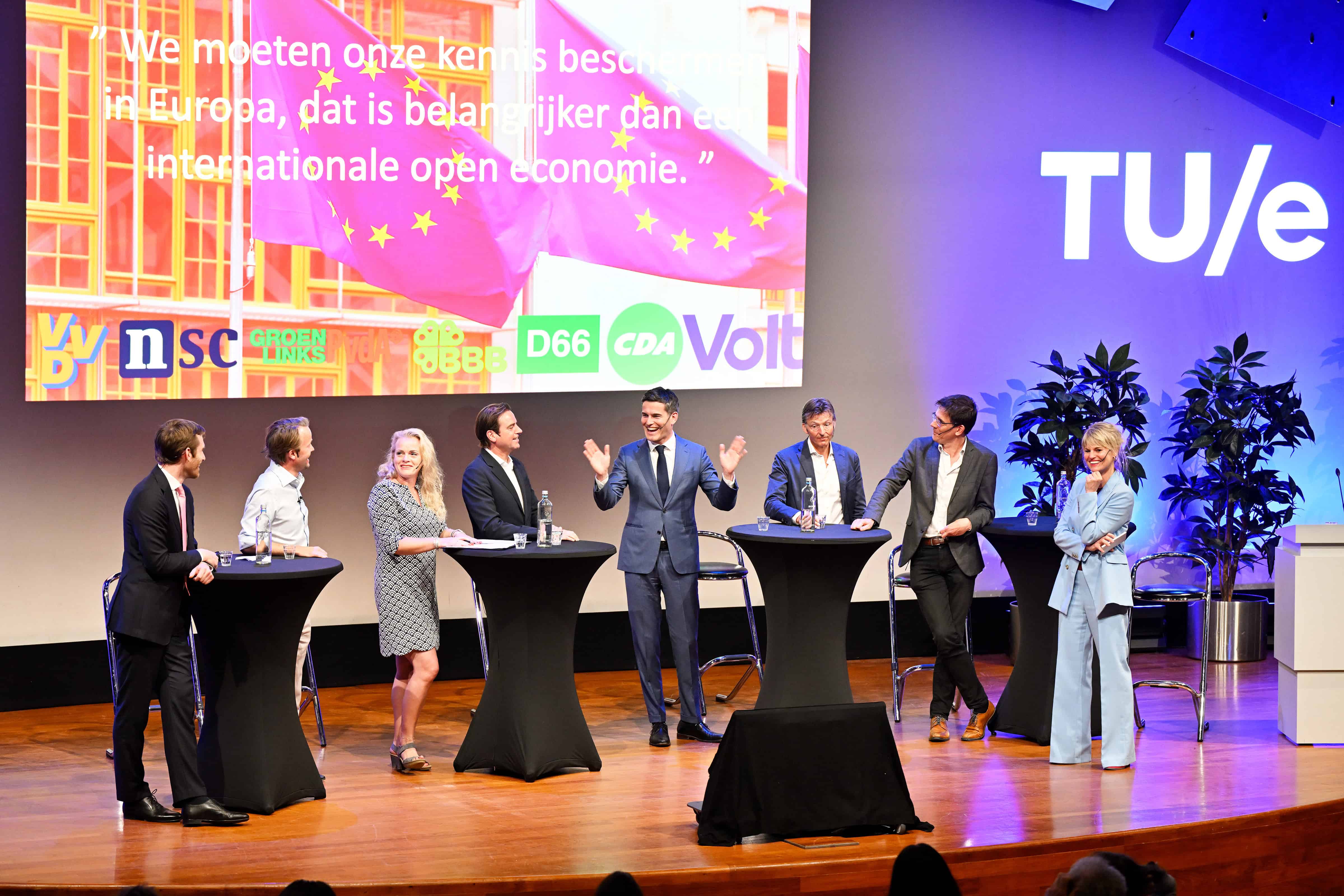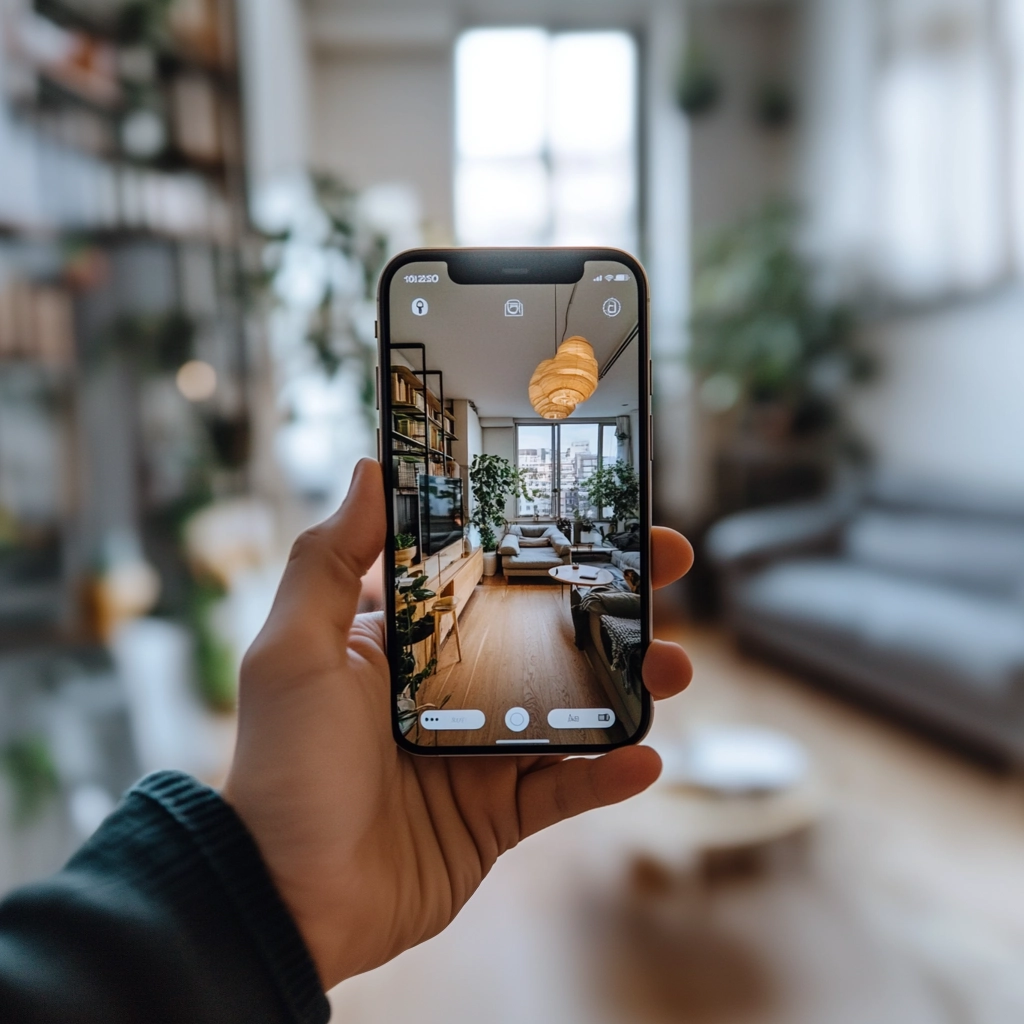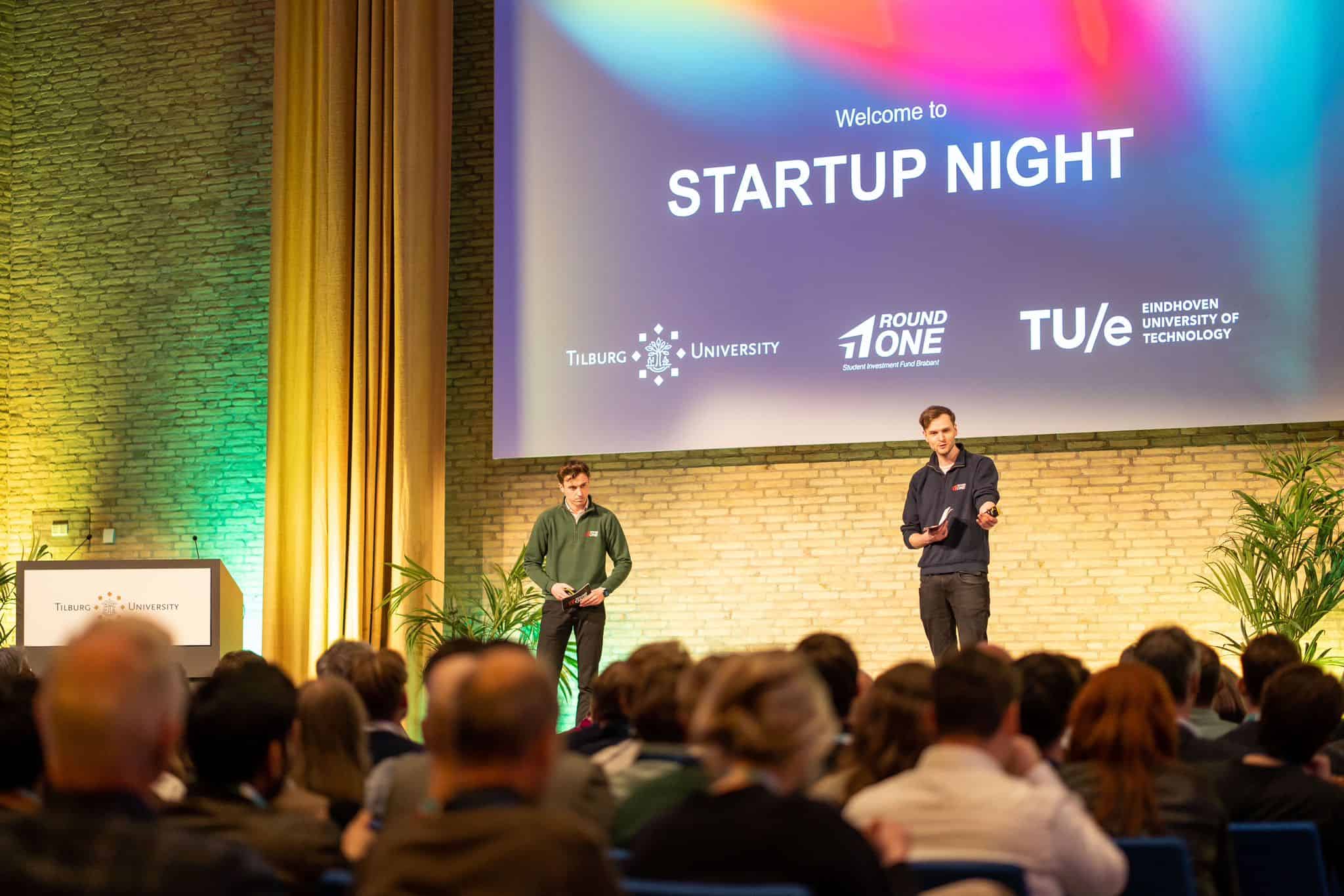
Story by Chris de Zeeuw
“Fossil fuels aren’t forever. We are going to have to live more sustainably and we need to make sure that there is a future-proof car for our children. We need people who are going to accelerate this process.” With these words, Liselotte Kockelkoren (Mechanical Engineering student) and Tom Selten (Industrial Engineering student) joined forces with Solar Team Eindhoven in September 2014. Solar Eindhoven is a team of 22 TU/e students from different departments. The team takes care of the design and the production, from the beginning until the end. Each team member carries out their own role and contributes their knowledge, allowing the team to bring everything together on its own. Without any funding, but in collaboration with various Eindhoven-based companies. Stella Lux is the world’s first fully energy-neutral family car and that’s a fact.
TU/e students had already designed Stella in 2013, which won the prestigious Australian Bridgestone Solar World Challenge of that same year. During the event, teams from across the globe make the 5-day-long, 3000-kilometre trip from Darwin to Adelaide in solar energy-powered cars. Through the Australian desert.
 The new team hopes to add another step to the old design in 2015 and will take part in the race on 18 October. Stella was energy-positive for ten out of 12 months. Stella Lux is a completely energy-positive family car as a result of an increase in solar panels and an improvement in weight, among other alterations. As such, the car supplies more energy than it uses. All year long – even in winter. The car is so efficient that, in theory, it can run for 1000 kilometres after being charged just once. Another important point of improvement is the safety measures.
The new team hopes to add another step to the old design in 2015 and will take part in the race on 18 October. Stella was energy-positive for ten out of 12 months. Stella Lux is a completely energy-positive family car as a result of an increase in solar panels and an improvement in weight, among other alterations. As such, the car supplies more energy than it uses. All year long – even in winter. The car is so efficient that, in theory, it can run for 1000 kilometres after being charged just once. Another important point of improvement is the safety measures.
Winning
The idea for the whole team was to win the 2015 edition. “We’re looking at the assessment requirements for the race: it’s about speed (70%), charging power (if the battery is fully charged during the challenge, fewer points are awarded) and the practicality of the car. So we had to build a fast, practical and efficient car.”
The problem was really how they would maintain the efficiency. If the car isn’t used, it doesn’t move but it does produce energy. “We want to ensure that the car ‘is always being used’ to show that a good performance can be achieved from a family car.” The practical element is important so that people can actually make use of it.
Together with Ericsson, an application has been developed to find the fastest and most energy-efficient route. The user can then see how much energy is being produced and how much money is being saved. In an average full year, it might be possible to generate more energy than the car needs to drive. “And then that leftover energy can be reloaded.”
Connected
They are also focusing on intelligence in the form of connected cars and talking traffic in collaboration with NXP. The car is connected to a person’s smartphone and the destination is entered on the basis of their personal agenda. The car then knows how much energy is needed for the journey and adjusts according to the energy requirement. Stella Lux takes weather conditions into account and looks for the optimal route. It also communicates with other vehicles, such as ambulances, which increases safety while driving.
And then there’s Tablet (Layr). “That’s a concept we developed ourselves as TU/e students.” It’s a touchscreen with a tactile plexiglass layer and sufficient ease of use, allowing the user to feel for it without having to look at it. “The goal is always to focus on the road without any distractions from what’s happening around you. That’s also the case with the headset display, a display on the dashboard which you can see through so that you can always stay focused on the road.”
A car without a steering wheel
Although full focus is, of course, on Stella Lux, Tom already has ideas for the next model. “Optimising the reloading of energy. You should be able to use the leftover energy at home. And an autonomous car is really cool. The connected car is already a step further, but a self-driving car, without a steering wheel, is a whole other matter.”
“We want to surprise the world with Stella Lux, we’re going to Australia to become world champions!”
Do you want to help Liselotte, Tom and the twenty other students reach their goal? Show your support on their crowdfunding page now!














